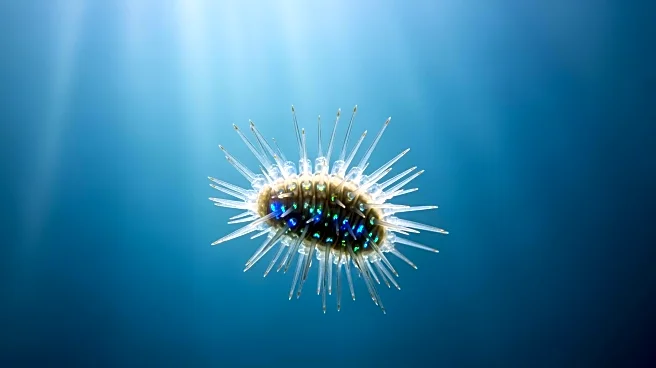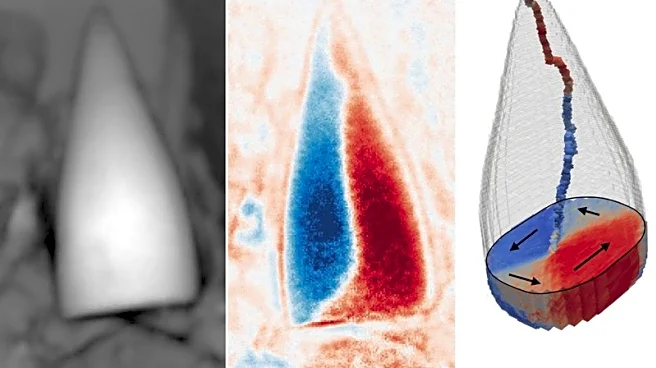What's Happening?
Researchers have developed a method using drones to collect respiratory droplets from endangered North Atlantic right whales, providing insights into their health. The drones capture moisture from the whales'
unique v-shaped blow, which contains bacteria linked to the whales' physical condition. This non-invasive technique allows scientists to monitor the health of these massive creatures without the need for direct contact, which can be stressful and dangerous for both the whales and researchers. The study, involving collaborations with various institutions, aims to improve conservation efforts for the critically endangered species.
Why It's Important?
This innovative approach to monitoring whale health is crucial for conservation efforts, as it provides a safer and more efficient way to gather data on the whales' condition. With the North Atlantic right whale population critically endangered, understanding their health and factors affecting their survival is vital for developing effective protection strategies. The use of drones minimizes the risk of disturbing the whales, ensuring more accurate data collection. This method could lead to improved management policies and actions to prevent further decline in whale populations, addressing issues such as ship strikes and fishing gear entanglements.
What's Next?
Further research will explore the implications of the findings and how they can be applied to enhance conservation strategies. Scientists may investigate additional uses of drone technology in wildlife monitoring, potentially expanding its application to other species. Collaboration with regulatory bodies will be essential to ensure the ethical use of drones in wildlife research. The insights gained from this study could inform policy changes aimed at reducing human impacts on whale populations, such as modifying shipping routes and fishing practices.
Beyond the Headlines
The use of drones in wildlife research represents a significant advancement in non-invasive monitoring techniques, with potential applications beyond marine biology. It raises ethical considerations about the balance between technological intervention and natural ecosystems. The findings could contribute to broader discussions on biodiversity conservation and the role of technology in environmental protection. Additionally, the study highlights the importance of interdisciplinary collaboration in addressing complex ecological challenges.












